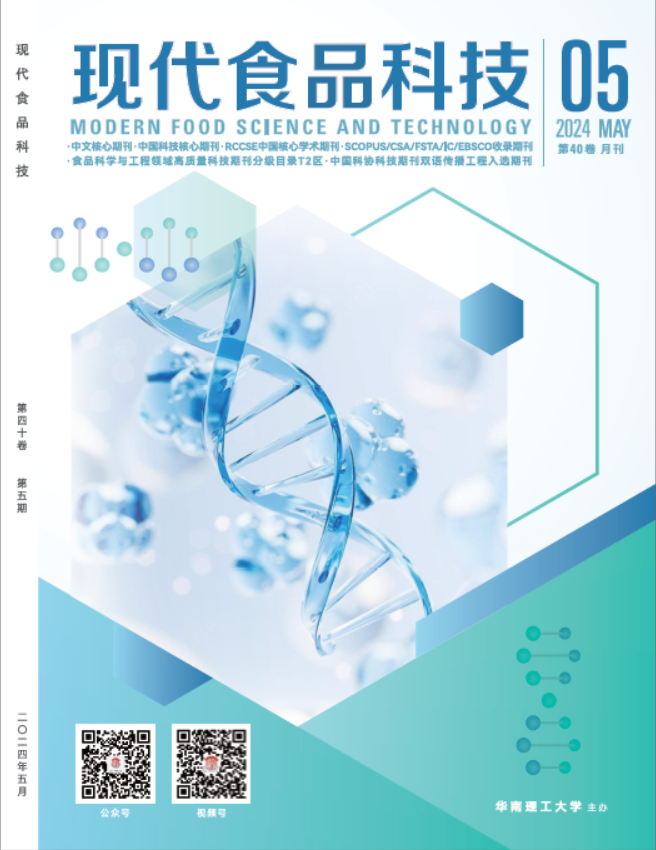Abstract:
To explore the effect of probiotics intervention on the short-chain fatty acid content in feces of hyperlipidemic rats, the hyperlipidemia rat model was established, and the experimentally preserved Lactobacillus plantarum 67, Lactobacillus fermentum 83 and Lactobacillus rhamnosus LGG with good cholesterol-lowering effect were used, combined with "5:2 light fasting law".The model rats were subjected to probiotic intervention, five times a week, and the content of SCFAs in the feces of rats was determined after 6 weeks of intervention. Compared with the model group, the contents of butyric acid and valeric acid increased by 37.97% and 41.22% (p<0.05) respectively, the content of propionic acid increased by 1.25% (p>0.05), the content of acetic acid reduced by 3.19% (p<0.05) and the contents of isobutyric acid and isovaleric acid were respectively reduced by 2.11% and 14.16% (p>0.05) after the intervention of Lactobacillus plantarum 67. After intervention with mixed strains, the contents of propionic acid, butyric acid, valeric acid and isobutyric acid increased by 31.25%, 70.92%, 103.98% and 24.48%, respectively (p>0.05), the content of acetic acid reduced by 23.38% (p<0.05), and the content of isovaleric acid decreased by 7.38% (p>0.05). Compared with the positive control group, Lactobacillus plantarum 67 significantly increased the contents of acetic acid,, isobutyric acid and isovaleric acid, which were increased by 31.69%, 40.33% and 82.83%, respectively (p<0.05), the content of valeric acid increased by 12.74% (p>0.05), the content of propionic acid decreased by 23.58% (p<0.05), the content of butyric acid decreased by 2.38%(p>0.05). The mixed strain significantly increased the contents of acetic acid, butyric acid, isobutyric acid, valeric acid and isovaleric acid, which increased by 4.23%, 20.37%, 78.44%, 62.84% and 109.48%, respectively (p<0.05), and the propionic acid content decreased by 0.94%
(p>0.05). Single probiotics and mixed probiotics can improve the level of intestinal SCFAs, help to regulate the intestinal environment, and the effect of mixed strains is better.

